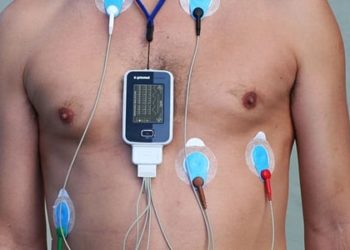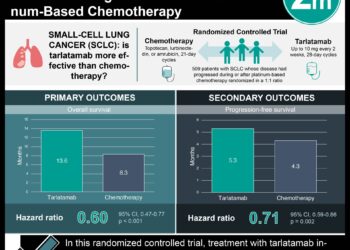Neuroleptic use associated with increased Parkinson’s risk in the elderly
Image: PD. A Thorazine ad from the 1950s.
Key study points:
1. The risk of Parkinson’s disease in an elderly cohort was increased more than three-fold after exposure to typical (first-generation) antipsychotics.
2. Given that they are often prescribed for off-label purposes, limiting the use of neuroleptics in the elderly could potentially result in a significant decrease in the incidence of Parkinson’s disease
Primer: Parkinson’s disease (PD) is a neurological disorder in which the initiation and control of movement becomes impaired. The disease affects more than 1 million people nationwide, and the effects of Parkinson’s tend to get worse over time, although the symptom severity and clinical course can be quite variable. PD arises when dopaminergic neurons stop functioning and degenerate for unclear reasons. Dopamine plays a role in coordinating and controlling movement via the basal ganglia circuit, so the loss of these neurons affects movement. Among the first symptoms of PD are tremor, rigidity, bradykinesia (slowed movement), stooped posture and poor balance.
Neuroleptics, also known as antipsychotics, are medications used in many psychiatric disorders, including schizophrenia. Although there are differences between the two “generations” of these drugs, they both work partly by decreasing the physiological response to dopamine. Since decreased dopamine signaling is common to PD and neuroleptics, “parkinsonism”—abnormal movements or rigidity reminiscent of PD—can arise when antipsychotics are taken. This study examined whether neuroleptics can predispose one to PD in elderly patients.
Background reading:
1. “Parkinson disease symptoms and diagnosis.”
This [prospective population-based cohort] study: The study followed nearly 3,000 elderly subjects in France over 15 years. 17.3% took typical antipsychotics during that time and the authors monitored for the development of drug-induced parkinsonism and true PD. After adjusting for occupational categories and gender, the study found that exposure to antipsychotics in the past was associated with an increased risk of both Parkinson’s disease (RR 3.16; 95% CI 1.65-6.04) and parkinsonism (1.65; 95% CI, 1.05-2.58). Overall, the authors suggest that if neuroleptics were avoided in the geriatric population, there would be a decrease in PD of more than 20% in that group. Notably, the antipsychotics used by subjects in the study were often prescribed for anxiety and sleep instead of the usual indication, psychosis.
In sum: This 15-year prospective population-based cohort study found that past exposure to dopamine receptor antagonists, i.e. typical antipsychotic agents, significantly increased the risk of Parkinson’s disease and parkinsonism in a French elderly population. A noteworthy observation was the prevalent practice of using neuroleptics for treating non-psychotic symptoms in the elderly such as anxiety and insomnia. Current literature and clinical experience indicates that such off-label usage of neuroleptics in the elderly is not unique to the subjects in the study. Given the results of the study, it would be prudent to use alternative medications for treating the elderly with such symptoms.
It should be noted that the study does not evaluate the effects of atypical antipsychotics on the elderly population. The strongest association of increased PD risk was with neuroleptics known to be strong D2-receptor blockers; atypical antipsychotics classically have decreased extra-pyramidal symptoms and presumably less action through D2-receptor blockade. Nonetheless, further research is warranted to determine the relationship between the use of atypical anti-psychotics and risk of PD.
Click to read the study in Neurology
By [ARB] and [RR]
© 2012 2minutemedicine.com. All rights reserved. No works may be reproduced without written consent from 2minutemedicine.com. DISCLAIMER: Posts are not medical advice and are not intended as such. Please see a healthcare professional if you seek medical advice.




